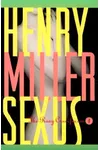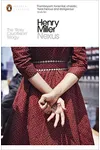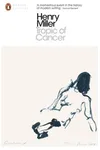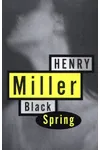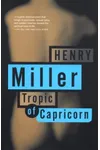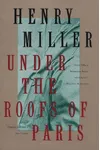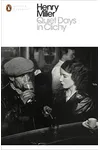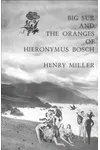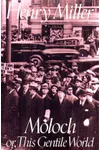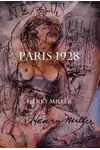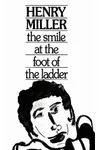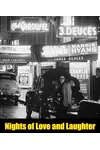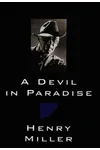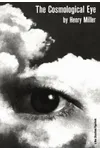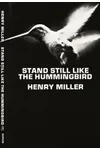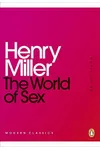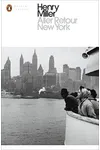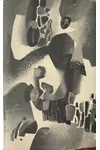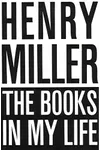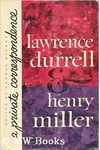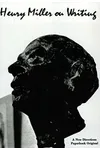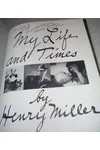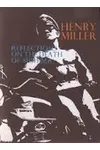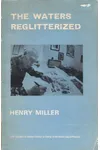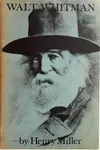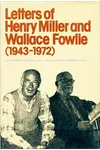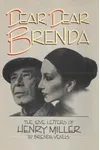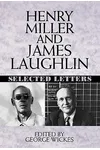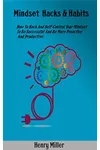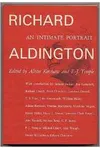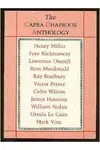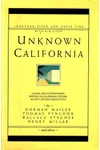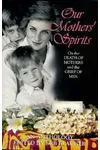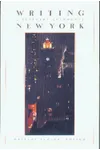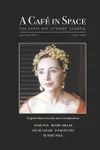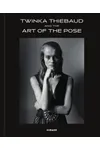Picture an American rebel with a pen, weaving raw, fearless tales that shook the literary world—meet Henry Miller! Born in 1891, this groundbreaking writer turned his life into art with semi-autobiographical novels like Tropic of Cancer, blending gritty realism, spirituality, and unfiltered passion. His work challenged censorship and redefined 20th-century literature, leaving a legacy that still sparks debate and inspiration.
Miller’s bold voice didn’t just break rules—it shattered them. From his bohemian days in Paris to his later years in California, he wrote with a fervor that captured the human condition in all its messy glory. Ready to dive into his story? Let’s explore the man behind the myth.
The Making of Henry Miller
Henry Valentine Miller was born on December 26, 1891, in Brooklyn, New York, to German-American parents. Growing up in a working-class family, he was a curious, restless soul who devoured books and dreamed of escape. After a brief stint at City College of New York, Miller bounced between odd jobs—telegraph messenger, clerk, even a cement company employee—before finding his calling in writing. His early attempts at fiction were raw and unpolished, but his move to Paris in 1930, at age 38, ignited his creative fire. Immersed in the city’s avant-garde scene, he rubbed elbows with writers like Anaïs Nin, who became both collaborator and muse.
Henry Miller’s Unforgettable Stories
Miller’s breakout novel, Tropic of Cancer (1934), was a literary bombshell. Written in a stream-of-consciousness style, it chronicled his bohemian life in Paris with explicit detail—think sex, art, and existential musings in a whirlwind of prose. Banned in the U.S. for its frank content, it wasn’t until a 1964 Supreme Court ruling that it gained legal footing, paving the way for freer expression in literature. Tropic of Capricorn (1939) followed, diving deeper into Miller’s New York roots with the same raw intensity.
His later works, like The Rosy Crucifixion trilogy (1949–1959), blended autobiography and philosophy, exploring love, art, and spirituality. Miller’s style was chaotic yet poetic, often compared to jazz for its improvisational rhythm. He didn’t just write stories—he bared his soul, inviting readers to confront life’s beauty and chaos head-on.
Unlike traditional novelists, Miller leaned into controversy, using taboo topics to challenge societal norms. His books weren’t for the faint of heart, but they resonated with those craving authenticity in a polished world.
Why Henry Miller Matters
Miller’s impact transcends his books. By defying censorship, he helped redefine artistic freedom, influencing writers like Jack Kerouac and Allen Ginsberg, who embraced his fearless honesty. His exploration of sexuality and spirituality paved the way for the Beat Generation and beyond, making him a cultural icon for rebels and dreamers. Today, his work remains a touchstone for those who value raw, unfiltered storytelling.
Despite criticism for his provocative themes, Miller’s legacy endures in literary circles and among readers who see his work as a bold celebration of life. His ability to transform personal experience into universal truth keeps his stories timeless.
- Born: December 26, 1891, Brooklyn, New York
- Key Works: Tropic of Cancer, Tropic of Capricorn, The Rosy Crucifixion
- Influence: Beat Generation, modern autobiographical fiction
- Died: June 7, 1980, Pacific Palisades, California
About Henry Miller
Snag Tropic of Cancer and dive into Henry Miller’s wild, soul-stirring world! Whether you’re a rebel at heart or just love a good story, his words will leave you thinking, feeling, and maybe even blushing.
